A little over a week ago, I started my Pre-Code screening series The Style of Sin at the Egyptian Theatre and my first star was Barbara Stanwyck. As we saw while watching Ladies of Leisure (1930) and Baby Face (1933), she was a talented actress from the very beginning of her career. And though a film like Baby Face was filled with glamorous costumes, Stanwyck's acclaimed onscreen style didn't really hit its stride until she moved to Paramount and starting working with costume designer Edith Head. Even when playing a femme fatale in Double Indemnity (1944), complete with blonde wig, you can still see the beauty in Barbara Stanwyck. Here I share an article I wrote back in 2012 about what many consider the best film noir of all time.
---
I knew when I committed to doing a month dedicated to film noir style on GlamAmor that Double Indemnity would have to enter into it. Merely saying its name conjures up images of all the conventions of noir - the femme fatale, shadowy and smoky cinematography, voice-over narration, and the architecture of historic LA. Even those who are not fanatics as I am seem to understand its significance. Though there are many movies to love in the genre, it is 1944's Double Indemnity that is widely considered THE quintessential film noir.
Double Indemnity was based on a 1935 novela by James M. Cain, who wrote noir classics The Postman Always Rings Twice (1946) and Mildred Pierce (1945) as well. He was particularly gifted at creating nuanced women who murder and make you able to empathize with their motivations to do so. The novel was turned into a screenplay by director Billy Wilder and Raymond Chandler - yes, the Raymond Chandler - who was himself the author of novels on which film noir was based. The Big Sleep, Lady in the Lake, and Farewell, My Lovely (turned into the film Murder, My Sweet with Dick Powell) are all Chandler. The often contentious combination of these three writers is what resulted in the movie's tension and incredible banter. And it's John F. Seitz's mysterious cinematography that really creates the mood - another giant, known for photographing noir classics This Gun for Hire (1942) and Sunset Boulevard (1950). I think he really picked up where Josef von Sternberg left off in Shanghai Express (1932) where shadows, such as through venetian blinds, are used to great dramatic effect.
Wilder is such a talented director that he created some of the biggest movie hits in history and in every genre. Comedy - Some Like It Hot (in fact, it's AFI's best comedy ever). Drama - Stalag 17. Romantic Comedy - Sabrina. And on and on. He was known for getting the most out of his actors, and he could not have cast more perfect performers as his leads for Double Indemnity. Barbara Stanwyck took on the amoral Phyllis Dietrichson after playing some slightly softer roles. Likewise, Fred MacMurray brought empathy and depth to Walter Neff when the role could have made him seem even more of a heel. And Edward G. Robinson steals every scene he's in as the movie's detective and conscience, insurance investigator Barton Keyes.
But even with all that, my favorite part of Double Indemnity just might be the costumes by Edith Head. My hero - whose exquisite designs understood the needs of both the actress and her character. Her assignment was frequently the talented Ms. Stanwyck, a woman whom executives originally declared un-attractive. That is, until Edith entered her life. One of her tailoring tricks was to drop the waistline in the back of gowns in order to better present her proportions. It gave Barbara a new lease on life and she would never be without Edith again, whether she was working for Paramount or not.
For the femme fatale Phyllis Dietrichson, Wilder envisioned the character as oozing "sleazy phoniness." His decision for Barbara's over-the-top blonde wig was his vision of this. But I think Edith understood the character even better. Phyllis is sinister and superficial - her main motivation was money, so much so that her husband complained about the way she liked to spend it. As a result, Edith adorned the character with lots of jewelry, including inventing the iconic anklet for the film which is not in the original book. We also see her in expensive clothes, including a gown for day. But they're still classicly cut, almost as if Phyllis is trying her best to seem the good wife and mask all of her amoral intentions.
Like most of Edith's work, you'll find Phyllis' wardrobe very wearable today - a belted cashmere coat, cashmere cardigan (worn backward as a top) with simple black pants, tailored suits, and a flirty fringed little black dress. She also wears a silk jumpsuit in the end, a garment way ahead of its time - 30 years later it would become all the rage, especially when interpreted by Halston in the 1970s. Though Double Indemnity was nominated for seven Oscars, nothing went to Edith Head for costume design. It's simply incredible to consider when these are costumes that have become iconic. Whether you recognize it or not, they continue to be referenced in design and live on in today's fashion collections.
And so, let's take a look at the costumes that continue to inspire - inside the devious but incredibly stylish world of 1944's Double Indemnity.
Starts speeding through the streets of downtown Los Angeles...
the Biltmore Hotel is shown on the left corner below
Though many think the Pacific All Risk insurance company takes place at the Bradbury Building,
it is just a well designed Paramount studio set
Walter's tale is told through voice over and flashback -
one of the hallmarks of film noir
The Dietrichson neighborhood is filmed in the Hollywood Hills (6301 Quebec Drive),
but this Spanish Colonial style can be found everywhere in Los Angeles
Phyllis really knows how to make a first impression -
she also knows opportunity when it comes knocking
You can really see the skillful cinematography of John Seitz here
as we meet Mr. Dietrichson (Tom Powers) and his daughter Lola (Jean Heather)
through photographs on the piano
First close up of Phyllis - and her provocative anklet -
as she puts the finishing touches on a ruffle-front silk shirtdress
An iconic moment in the movie with her "honey of an anklet" -
Edith Head dresses the character with plenty of jewelry to show her attraction to money
"There's a speed limit in this state, Mr. Neff. 45 miles per hour."
"How fast was I going, officer?"
"I'd say around 90."
Driving back to the Pacific All Risk where we meet Keyes for the first time
When Walter returns to Phyllis to make his sales pitch, he finds they're alone
and she's looking fetching in a black and white floral gown
He also finds there's murder on her mind
Beer and bowling on Western before heading home
Walter's apartment - exterior filmed at 1825 N. Kingsley Drive in Los Angeles
An unsurprising guest pops in out of the rain
Despite being dressed in an innocent sweater, the scheming begins
Walter tricks Dietrichson into signing for accident insurance
while Phyllis looks on in a little black dress (and brooch)
that has been copied in fashion many times since
that has been copied in fashion many times since
Meeting at Jerry's Market to plan a murder
A call to confirm the plans -
Edith makes great use of the shot by including a ring for Phyllis to wear
The last time anyone sees Mr. Dietrichson
and the moment of the murder shows just how cold-blooded and calculating Phyllis is
Dropping off Walter (taking Dietrichson's place) at Glendale's Southern Pacific Train Station
since death by train brings twice the insurance money - the "double indemnity" clause
Time on the train shows just some of the direction, design, and lighting
that make this movie so good and inspired many others to borrow from it
Playing a widow in mourning in a gray suit with black accessories,
including a hat with veil
Though at the inquest, Keyes believes Phyllis' story,
he drops by to tell Walter that his "little man" has started to tell him otherwise
Now the trouble really begins
One bit of trouble is finding Mr. Medford, Oregon - witness from the train - in Keyes' office
Another is Phyllis telling him she has no intention of withdrawing her claim -
it's "straight down the line"
Out of guilt, Walter begins seeing Lola Dietrichson
at an Olvera Street restaurant and above the iconic Hollywood Bowl
at an Olvera Street restaurant and above the iconic Hollywood Bowl
Phyllis preps for the final showdown with Walter in a sexy silk jumpsuit
Walter arrives and announces he's getting off their ride together
Notice in the costume how similar the bodice is to Veronica Lake's style
Phyllis draws her gun first, but Walter gets the last shot
The story is finished...and so is Walter

















































































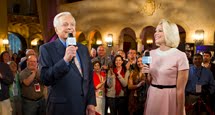



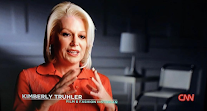







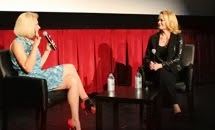













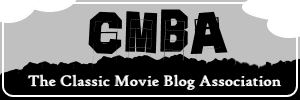


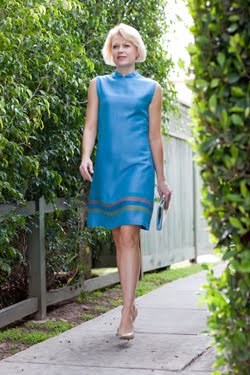







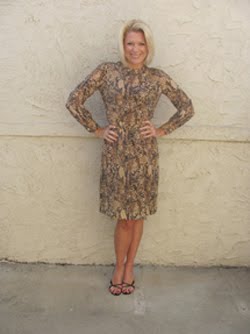

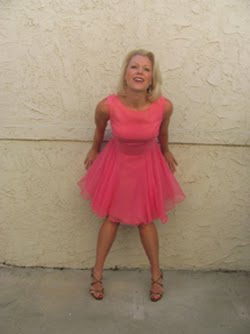
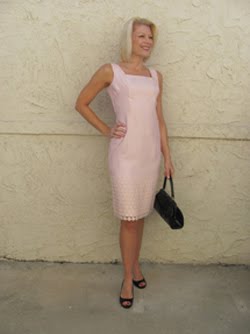





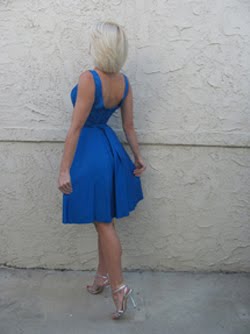






























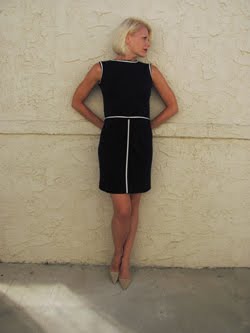


No comments:
Post a Comment